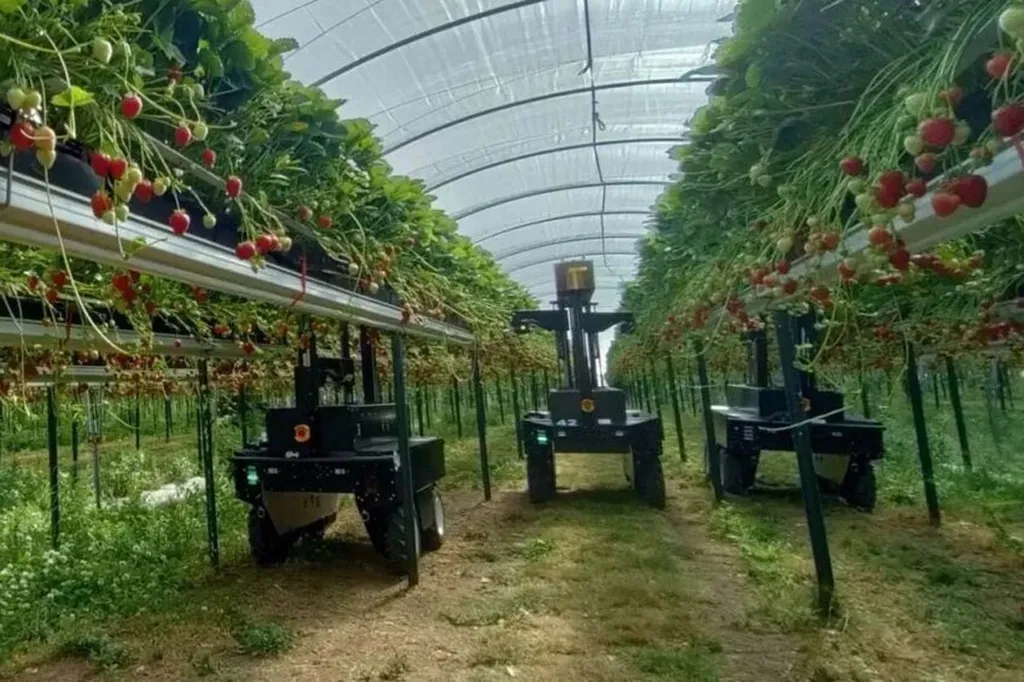The agriculture industry is navigating a defining period, squeezed between economic uncertainty, unpredictable climate patterns, and the accelerating pace of technological change. How farmers, agribusinesses, and innovators respond today will shape food systems for decades to come. A new series from *CropLife*, *Cultivating Tomorrow*, gathers perspectives from 11 AgTech leaders who are charting a course through these challenges—not with silver bullets, but with deliberate collaboration, long-term thinking, and a focus on measurable impact.
The collection of essays, featuring CEOs and executives from companies like Biolumic, Jord BioScience, and Open Prairie, reveals a shared conviction: the future of agriculture won’t hinge on isolated breakthroughs but on interconnected, purpose-driven innovation. Keri Carstens of Jord BioScience frames this as a “long game” approach, where resilience is built through tools like biologicals that strengthen plant-microbe interactions, rather than quick fixes. “This isn’t about surviving—it’s about creating a thriving, sustainable future for agriculture,” she writes. Her perspective underscores a shift from reactive problem-solving to proactive system-building.
Jim Schultz of Open Prairie adds a note of caution, warning against the allure of hype in an industry prone to cycles of overpromising. Instead, he points to tangible progress: smarter investments, clearer ROI metrics, and growing farmer adoption of technologies that deliver real value. His essay reflects a broader trend—AgTech’s maturation from speculative experimentation to solutions grounded in practical outcomes.
Collaboration emerges as a recurring theme, with leaders arguing that siloed efforts will fall short. Aaron Hutchinson of Lighthouse Ag invokes the tradition of barn raising, where communities pool labor and resources for shared benefit. “If you go it alone, you won’t go very far,” he writes, a reminder that trust and partnership are as critical as the technologies themselves. This ethos extends to the retailer-grower relationship, where Tim Hassinger of Intelinair sees “digital acres”—precision data layered onto fields—as a new frontier for differentiation. Retailers who translate data into actionable insights, he notes, will deepen their role as strategic advisors rather than just suppliers.
The series arrives at a moment when the stakes for agriculture have never been higher. Climate volatility demands adaptive strategies, while economic pressures require efficiency without sacrificing sustainability. What these essays collectively suggest is that the path forward lies not in revolutionary leaps, but in the steady, collaborative work of integrating innovation—whether biological, digital, or mechanical—into systems that prioritize long-term health over short-term gains.
For an industry often characterized by its independence, the message is clear: resilience will be a collective achievement. The question now is how quickly the sector can turn this vision into practice, ensuring that the tools and partnerships being forged today can withstand the tests of tomorrow.

